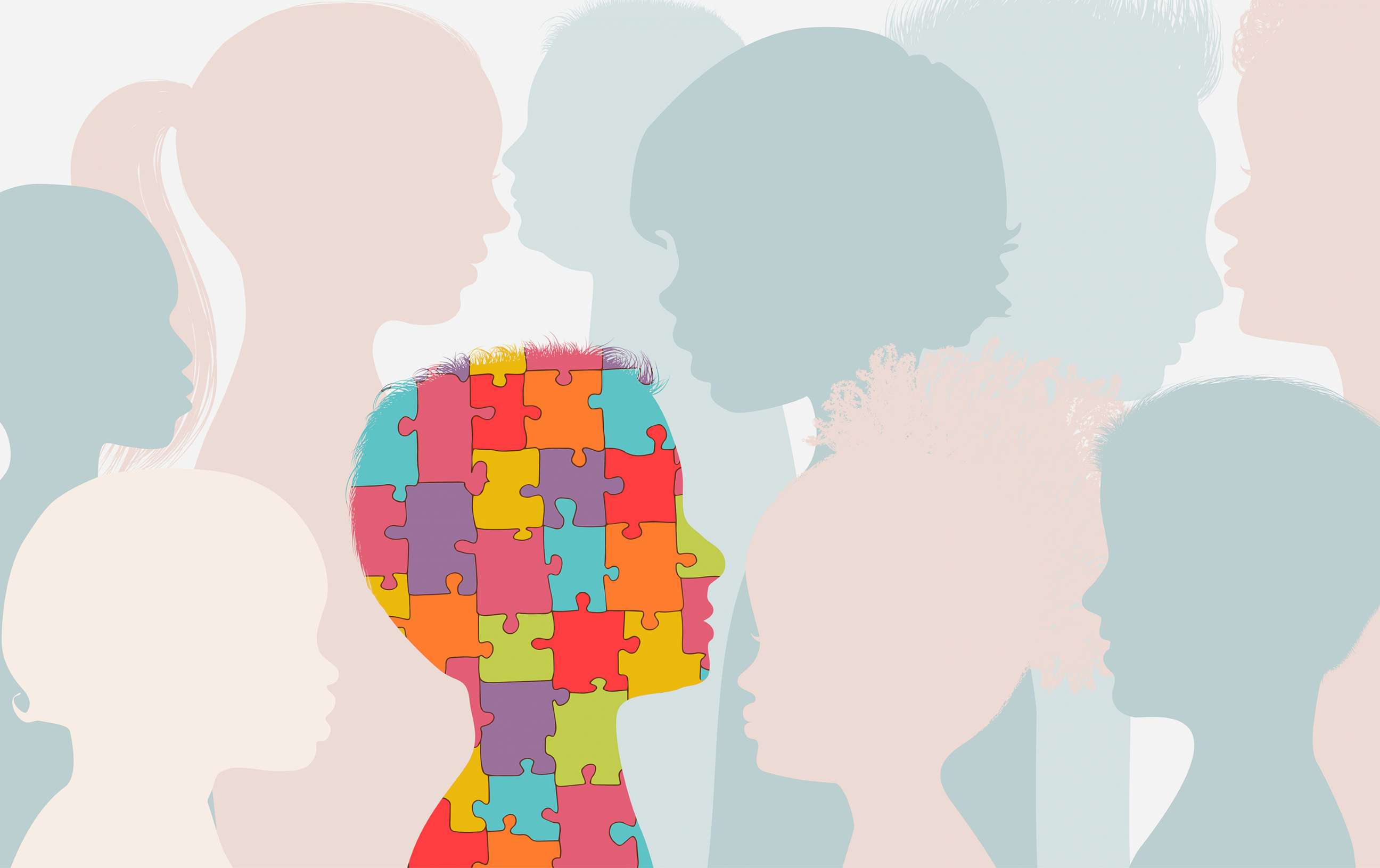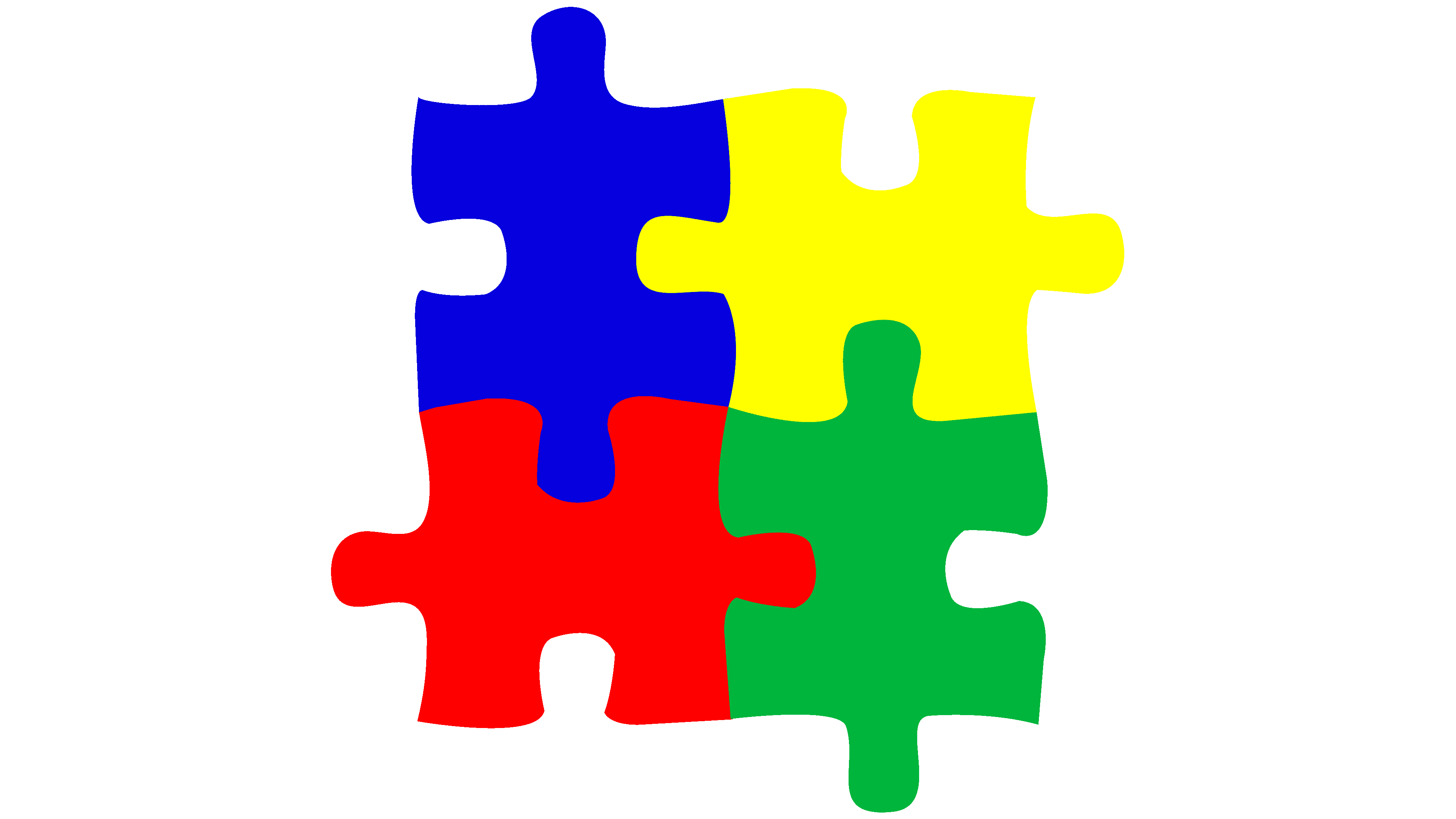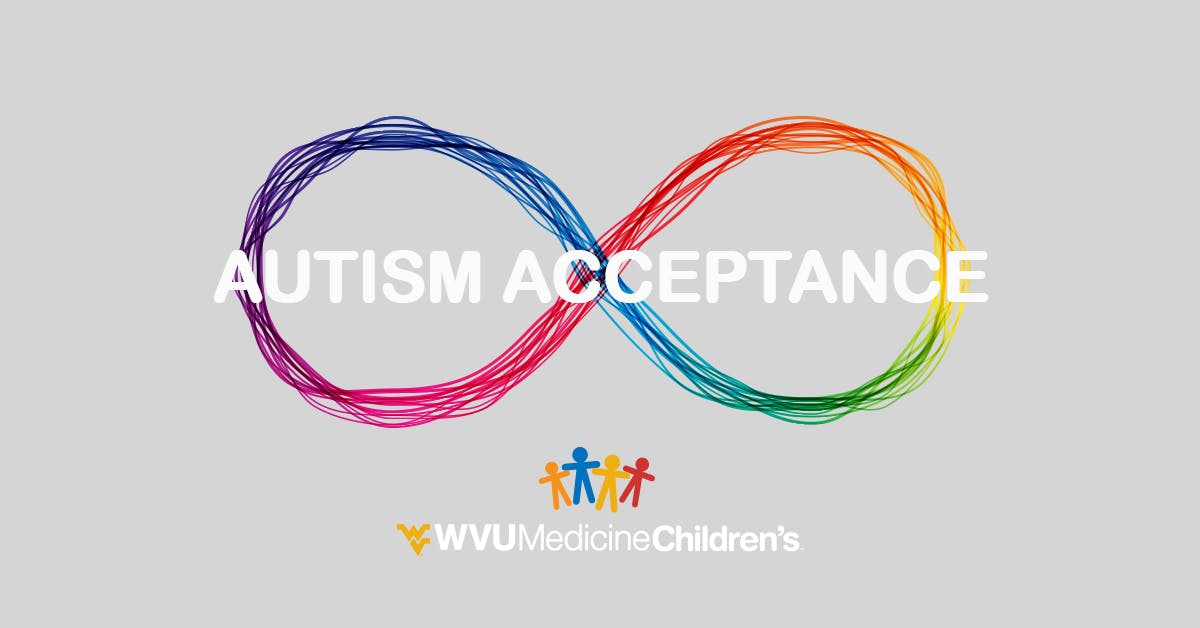Discovering Autism: Strategies for Effective Communication and Interaction
Efficient interaction and interaction with people on the autism range demand a thorough understanding of their unique requirements and preferences. The complexities of these strategies disclose additional factors to consider that warrant expedition, particularly in how they can be adjusted to private experiences and varied contexts.
Comprehending Autism Range Problem
Autism Range Problem (ASD) encompasses a series of neurodevelopmental problems identified by difficulties in social interaction, communication, and recurring actions. The term "spectrum" shows the diverse indications and differing levels of extent experienced by individuals with ASD. While some may display substantial problems, others may display high-functioning characteristics, permitting for higher independence in day-to-day life.
The start of ASD typically occurs in very early youth, with indicators often recognizable by age two. Very early signs may include postponed speech growth, restricted eye contact, and troubles in comprehending social signs. The specific etiology of ASD stays vague, research study recommends a combination of environmental and genetic factors plays a vital role in its growth.
As an outcome, interventions and assistance customized to private requirements are necessary for promoting interaction and social skills. Acknowledging the complexity of ASD is vital for advertising awareness, approval, and reliable techniques that promote significant communications with people on the range.

Relevance of Clear Communication
Reliable interaction is vital for cultivating understanding and link, especially for individuals with Autism Spectrum Problem (ASD) Clear communication not just assists in social communications however likewise improves the individual's ability to reveal their requirements, thoughts, and feelings. For people with ASD, the nuances of language can often be challenging; as a result, making use of simple and distinct language is essential.
Moreover, clear communication helps in reducing frustration and stress and anxiety that might develop from misunderstandings. When messages are communicated in a direct and regular way, individuals with ASD are better furnished to analyze information accurately, which can substantially improve their social involvement and participation in numerous settings.
Establishing routines and making use of visual supports can better reinforce clear communication. These strategies supply individuals with foreseeable frameworks that help understanding and retention of details. Furthermore, proactively being and listening person during communications advertises a helpful setting where individuals with ASD feel valued and understood.
Inevitably, prioritizing clear interaction not just empowers individuals with ASD but likewise promotes more meaningful connections with their peers, caretakers, and the bigger area, leading the way for inclusive interactions and joint partnerships. - autism
Non-Verbal Interaction Strategies
Communication extends beyond words, and for people with Autism Range Condition (ASD), non-verbal cues play a significant duty in communications. Non-verbal communication techniques can include face expressions, motions, body language, and eye contact, every one of which work as essential elements for communicating objectives and emotions.
Recognizing and interpreting these non-verbal signals can enhance interactions with people with ASD. A cozy smile or open pose can develop an inviting environment, urging interaction. Similarly, utilizing visual help-- such as photo cards or icons-- can bridge communication spaces and aid share messages better.
It is additionally crucial to be mindful of personal space, as people with ASD may have various comfort levels relating to closeness. Observing their responses to physical closeness can inform appropriate modifications.

Creating Encouraging Settings
Producing a supportive environment is important for cultivating favorable communications and enhancing the health of people with Autism Range Disorder (ASD) Such atmospheres can significantly reduce stress and anxiety and develop a sense of safety and security, permitting people to share themselves much link more freely.
To accomplish this, it is vital to consider sensory level of sensitivities that individuals with ASD might experience. Changing the physical space to include soft illumination, very little history noise, and comfy seating can develop a calming ambience. In addition, utilizing regular routines and clear visual timetables can aid people expect shifts and lower unpredictability, more advertising convenience.
Social spaces should be structured to reduce frustrating stimulations while providing possibilities for involvement in preferred activities. Facilitating locations assigned for peaceful time can likewise offer as a refuge throughout minutes of tension. Importantly, incorporating components of option empowers people, permitting them to exercise company in their setting.

Motivating Social Communications
Promoting social interactions amongst people with Autism Range Condition (ASD) needs intentional strategies that prioritize convenience and interaction. Developing predictable regimens can help in reducing anxiousness, making social settings more approachable. Developing structured atmospheres with defined functions and responsibilities enables individuals to involve without the frustrating stress of unstructured social characteristics.
Including passions and toughness right into social tasks can function as a stimulant for communication. Organizing team activities around shared leisure activities or topics of fascination can facilitate natural discussions and links. In addition, using aesthetic assistances, such as social scripts or photographic timetables, can help in comprehending social cues and assumptions.
Modeling appropriate social habits is crucial - autism. Peers and adults ought to demonstrate effective interaction methods, including active listening and turn-taking. Role-playing scenarios can also offer a secure space for individuals to exercise these skills
Lastly, cultivating peer relationships with inclusive techniques is important. Urging comprehensive playdates or team getaways can develop opportunities for socialization in a comfortable setting. By executing these instructors, caregivers and strategies can substantially improve social interactions for people with ASD, promoting their general social growth and wellness.
Final Thought
Finally, efficient communication and interaction methods are important for sustaining sites individuals with Autism Range Disorder. Highlighting clear language, incorporating non-verbal hints, and establishing predictable regimens substantially improve engagement and minimize anxiousness. Developing encouraging atmospheres promotes risk-free social communications, while motivating shared interests helps with purposeful links. Ultimately, these approaches empower people with autism to navigate social landscapes, advertising their overall wellness and making it possible for the advancement of enduring connections.
Reliable communication and interaction with people on the autism range demand a detailed understanding of their distinct needs and preferences. Clear communication not only facilitates social communications yet also enhances the person's ability to reveal their emotions, needs, and thoughts.Cultivating social interactions amongst people with Autism Range Problem (ASD) requires intentional methods that prioritize comfort and engagement. By executing these caregivers, techniques and educators can dramatically enhance social interactions for people with ASD, promoting their general social advancement and health.
In final thought, reliable communication and communication techniques are necessary for supporting people with Get More Information Autism Range Problem.